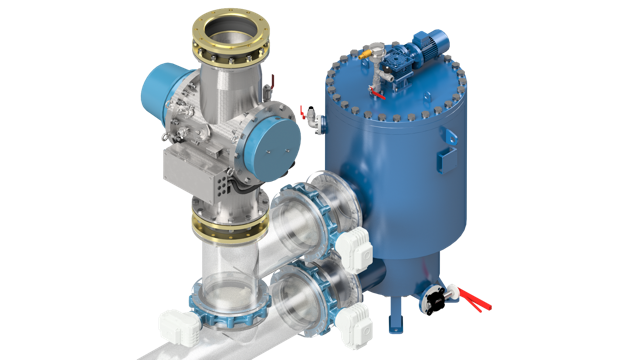The U.S. Coast Guard ballast water management regulations are set out in Title 33, Code of Federal Regulations (CFR) Part 151, Subparts C and D. Whereas Subpart C applies only to the Great Lakes and the Hudson River, Subpart D applies more generally to waters of the United States; thus, this article will focus only on Subpart D.
Generally, Subpart D provides that by a vessel’s compliance date as specified in 33 CFR 151.2035 (referred to as the “original compliance date”), the master, owner, operator, agent, or person in charge (owner, et al) of a non-exempt vessel desiring to discharge ballast water into waters of the United States (defined as those waters out to 12 nautical miles from the baseline) must either: (1) ensure that the ballast water meets the ballast water discharge standard as defined in 33 CFR 151.2030(a); (2) use an alternate management system as described in 33 CFR 151.2025(a) (3); or (3) ballast with water from a U.S. public water system, as described in 33 CFR 151.2025(a)(2).
It is envisioned that option (1) above will be achieved by installation and operation of a U.S. type-approved ballast water management system (BWMS). The original compliance date may be extended if the owner, et al, in charge of a non-exempt vessel can document that, despite all efforts, compliance with the regulations is not possible. Furthermore, the extension itself can be extended by a streamlined supplemental extension process, as discussed in CG-OES Policy Letter No. 13-01, revision 2 (16 November 2015).
Because the Coast Guard has not yet type-approved any BWMS, and because U.S. public water system sources are not generally available or practicable for vessel ballast operations, options (1) and (3) above are essentially impossible to comply with. As a result, the Coast Guard has been routinely granting vessel compliance date extension requests, with the main cause of delay or rejection being administrative or clerical errors, such as misaddressing the extension request.
This essentially pro forma extension process will get much more complex once BWMS become type approved in the U.S. No longer will the extension request be able to “document that, despite all efforts, compliance . . . is not possible” simply by referencing the non-availability of U.S. type approved systems. The justification provided in the extension request will have to become much more nuanced and fact-specific. “Difficult” does not equate to “not possible;” the owner, et al, will have to demonstrate that such factors as inapplicability of the system to the vessel or its intended use, the timing of the drydocking at which the system would be installed, order backlogs of type approved systems, and other such complications individually or collectively operate to make “compliance . . . not possible.”
As more systems get type approved, and initial supply and installation backlogs work themselves out, the justification required to obtain an extension or supplemental extension will get even that much more challenging.
This article was written by Captain Andrew Norris, U.S. Coast Guard (retired), maritime attorney and consultant and was first published in the Prime Performance issue of Ship Efficiency Review magazine. To view the piece online, click here.
Ship Efficiency Review News
To contact the reporter responsible for this article, please email editor@fathom-mi.com

































